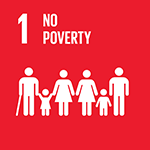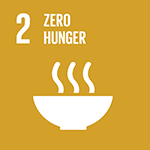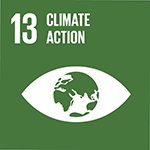CELIA’S STORY
Using plant science to fight pests in the Philippines
[column md=”12″]
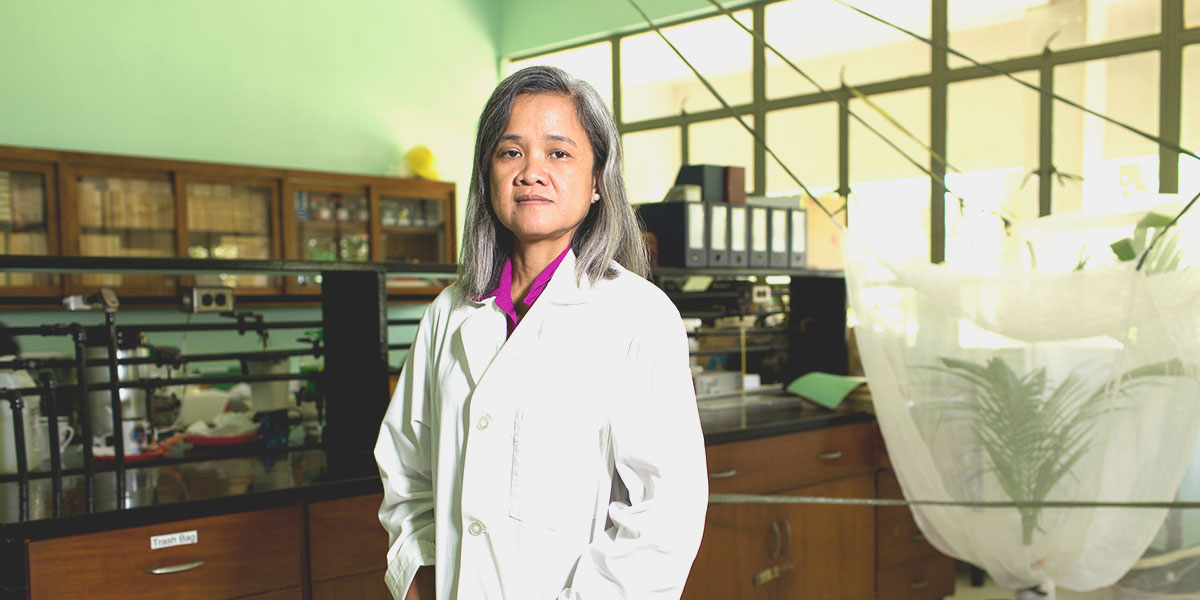
[/column]
[/row]
Mangoes are the national fruit of the Philippines and are grown by around two and a half million smallholder farmers on over 7 million mango trees. They are a high value crop and provide a huge boost to the rural and national economy.
But the hot and humid temperatures that are ideal for growing mangoes, are ideal for the spread of pests and diseases.
Protecting Filipino farmers’ mango harvest is Celia Medina’s inspiration.
She was born in Saint Valles, a province well known for its mangoes. She followed in her parents’ footsteps, who both carried out research on mango selection.
“I was born to and brought up by a woman who built her career in agriculture so I had no doubt that women have a place in agriculture,” Celia says.
But the path was not always easy. In high school, girls were required to attend home economics classes, while boys studied agriculture. Determined that she could do as her mother did, Celia joined the boy’s curriculum.
[column md=”6″]
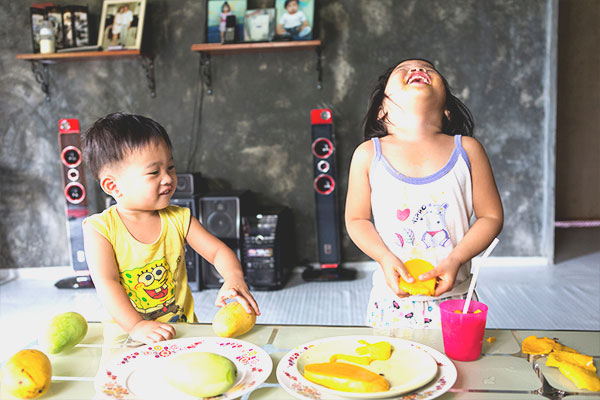
[/column]
[column md=”6″]
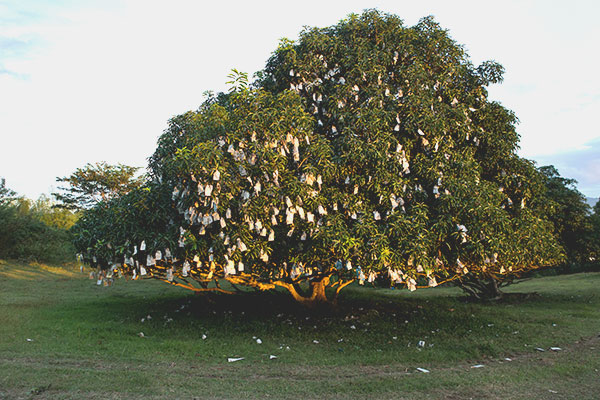
[/column]
[/row]
“Being the only girl in the class was not easy. But, my teacher Mr. Renato Ruba, was so protective of me. My classmates showed animosity at first, but I was treated as one of their own league even before the end of the first year.”
Celia is now an associate professor at the University of Philippines Los Banos. As an entomologist, Celia studies the interactions between plants and insects. By understanding the insects, she is able to manage them and help farmers increase their yields.
Recently Celia has been investigating the usage of biological control methods to combat a common mango pest – the leaf hopper. During mango season, up to 90% of yield can be lost if leaf hopper destroys the fruit’s flowers. She is currently looking for natural predators that will be compatible with pesticide use.
[column md=”6″]
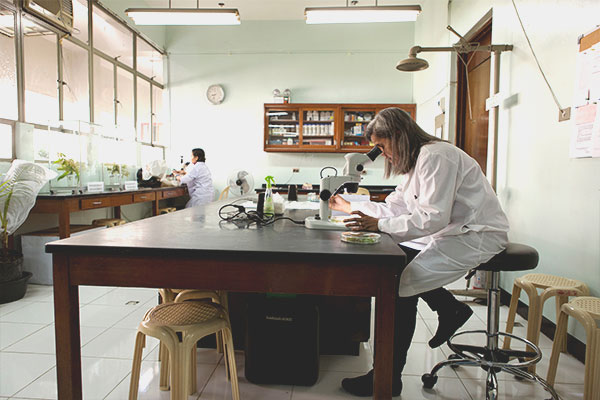
[/column]
[column md=”6″]

[/column]
[/row]
The most effective natural predator of mango pests is the yellow nettle lady beetle; last year scientists released around 200 per hectare at mango farms in the Philippines. One individual beetle can consume up to 60 mango leafhoppers a day.
“I get involved with many farmer associations. I get to know the needs of farmers and how they think, their psychology. I have seen their weaknesses, their problems and I would like to change it.”
Training farmers in the fields has also proved challenging for Celia in the past. Male farmers that were much older than her, tended to doubt what she had to say.
“Back in the year 2000, while doing a field survey of fruit fly, I met a retired farming teacher who asked me point-blank if I knew what I was talking about. Later in that year, he attended a training I conducted. At the closing ceremony, he gave a testimonial speech where he told the audience how he insulted me the first time he met me and asked for an apology with teary eyes. That was touching!”
[column md=”12″]

[/column]
[/row]
Celia is now working to train other young scientists to find the solutions to help Filipino farmers thrive in the face of new challenges such as climate change, and pests and disease.
“I am a teacher as well as a researcher, and I know that I am shaping the minds of young people who can also continue my work. That gives me energy every morning to get up.”
“If I leave something in this world, I want to leave it for my home province.”
WHAT THE EXPERTS SAY
“Scientific research can transform lives, particularly the lives of women who play a critical role in food production, post-harvest processing and across the value chain,” comments Geoffrey Hawtin, International Center for Tropical Agriculture (CIAT) Board Chair, Center Board Member for the CGIAR System Management Board, and gender research champion.
“Scientific interventions are helping to reduce women’s drudgery, improve their access to information and agricultural innovation, increase their decision-making powers and incomes, and strengthen their land tenure rights, producing a ripple effect for entire households and communities as a result.”
“To give just a few quick examples, the CGIAR Research Program on Wheat has made it easier for women to obtain small loans, while improving access to inputs in Ethiopia, Nigeria and Sudan. “
“Throughout sub-Saharan Africa, training sessions are enabling women to engage in agricultural value chains, and guidelines have been produced to ensure that women have better prospects for taking advantage of agribusiness opportunities. In West Africa, new parboiling technology developed by the Africa Rice Center is reducing the work burden of rural women, while improving nutrition and attracting higher prices at market.”
“On this International Women’s Day it is worth reflecting that one of CGIAR’s key goals is for there to be 150 million fewer hungry people and 100 million fewer poor people by 2030 – at least 50 percent of whom will be women. These and other CGIAR objectives make a strong contribution to meeting the Sustainable Development Goals.”
“Only addressing the challenges of female farmers however is not sufficient, and the engagement of women in science and leadership is just as important,” concludes Hawtin.
“The CGIAR System Management Board recognizes the importance of gender in the workplace, and the need for dedicated activities in this area, particularly ensure that the CGIAR System is gender diverse, equitable, and encourages inclusive workplaces.”
[row]
[column md=”4″]
Case study prepared by:
Commentary:
Photo credits: Guilhem Alandry
SDGs covered:
